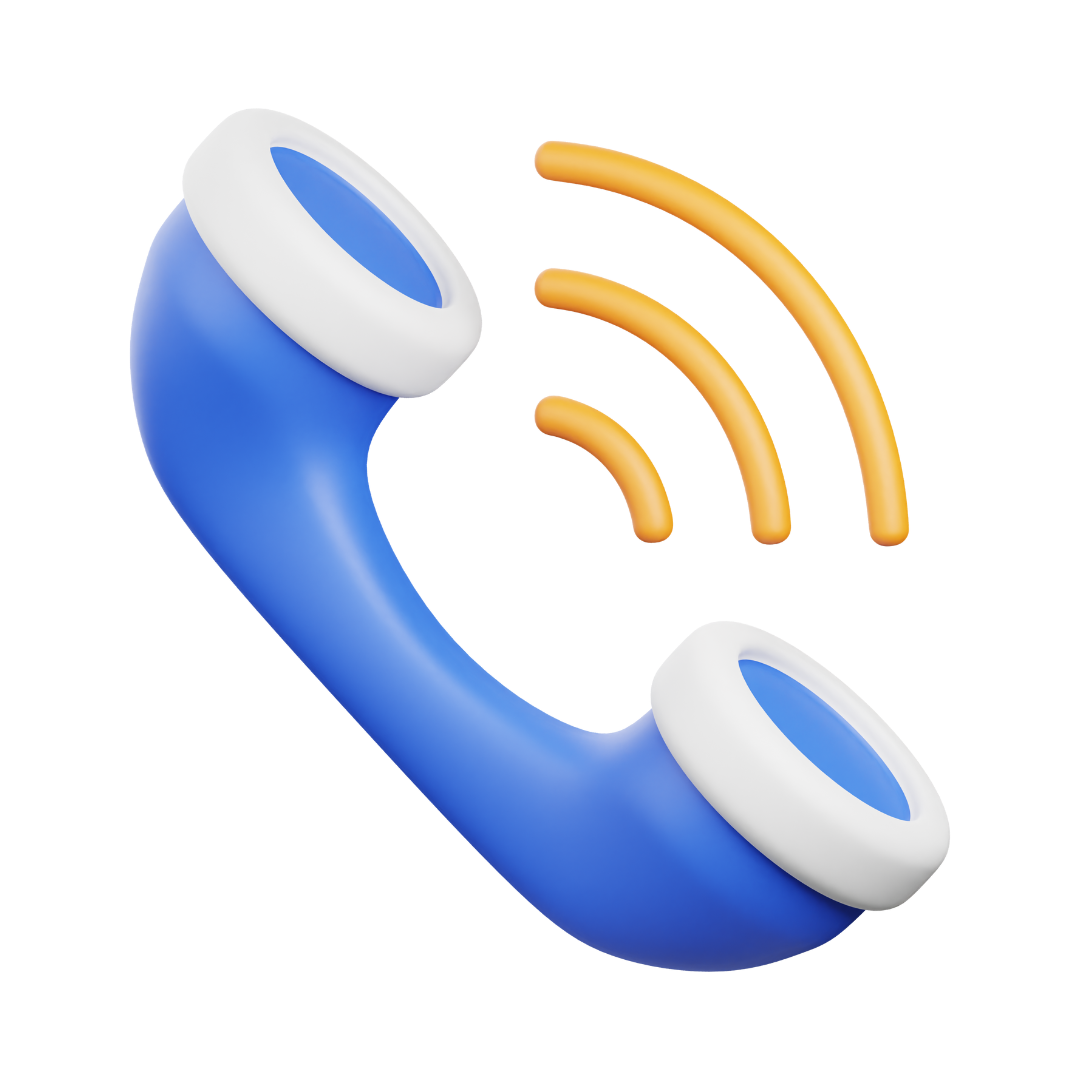Winning and Growing:
Your Playbook to Customer Success
In this playbook you will learn about:
✔ The essential elements of a customer success plan
✔ Important metrics you need to track
✔ Customer success strategies
✔ Loads of insights to ultimately...WIN!
“We’re not competitor obsessed, we’re customer obsessed.
We start with what the customer needs and we work backwards”
JEFF BEZOS
Introduction
Sometimes, people ask me, “What is customer success?” and I always tell them the same thing: Customer Success means business success.
Winning clients is not enough - retaining and engaging a loyal customer base is the foundation of continued success for your businesses. If your current customers are unhappy, you risk losing their business and will struggle to gain new customers or strengthen the visibility of your brand In fact, a Qualtrics study revealed that 80% of customers said they switched brands because of poor customer experience, making failures in customer service the leading cause of brand-switching - beating out product quality and price.
In this playbook, we will deep-dive into customer success, covering the following topics:
- What is customer success
- Essential Elements to Improving Your Customer Success
- Important Metrics for Customer Success
- Strategies for Customer Success
What is Customer Success?
If you search for definitions of Customer Success you’ll find a few different results. The Customer Success Association, for example, defines it thusly: “Customer Success is a scientifically designed and professionally directed long-term strategy for maximising customer and company sustainable proven value.” In contrast, Zendesk provides a much snappier (and in my opinion, better) definition: “Customer success is where each customer interaction offers opportunities for deeper and more meaningful engagement.” Rather than list more examples, let us summarise by saying that large businesses all have their own definitions, but that customer success is an umbrella term for practices and processes that ensure customers stay happy while using your products and services.
Customer Success vs Customer Service
Though the terms are sometimes used interchangeably, "customer success" and "customer service" are distinct entities.

Customer Service
Customer Service refers to a specific workflow that falls under the Customer Success umbrella, in which customers file an issue with the product or service and are connected with an agent to resolve the issue (or not).

Customer Success
Customer Success has a much broader scope than the resolution of tickets; it involves a proactive, end-to-end approach to customer satisfaction and is not limited to instances where customers are already dissatisfied.
Essential Elements to Improving Your Customer Success
Market Segmentation
Not all customers are alike. You may target the same industry, but every customer has a different need and reason they chose to do business with you. That's where segmentation comes into play. It makes sure that your offering and approach are personalised, e.g. targeting TikTok promotions at younger customers, targeting lawn care products at customers who live i suburbia etc. You can segment your customers using demographic and geographic criteria, but also by behavioural indices such, transaction history, product and service preferences, communication frequency, and many more..
Frictionless Onboarding
If you think customer success is just a post-sales scenario, you are getting it wrong. As the saying goes, "first impressions last forever", and your customer's onboarding experience is a crucial step in building a lasting business relationship. This covers everything from a personalised thank you note from a seller on Etsy all the way to a streamlined account creation flow for a digital service - both of these are examples of personalised onboarding practices that make a business stand out from its competitors and leave a lasting impression on the customer.
Multiple Connection Channels
In every relationship, communication is key. Provide a wide array of communication channels between your business and your customers. Whether these channels are used for marketing promotions, or customer feedback and reviews, or for something else entirely, these channels ultimately foster your customer relationships. Customers who provide feedback and feel heard are more likely to remain loyal to the brand. Moreover, listening to customer feedback is usually the simplest, cheapest and most effective way to discover issues with the customer experience.
Metrics
Measure, measure, measure! Do you have clear and measurable Key Performance Indices (KPIs)? What is your customer satisfaction score? How many times does a customer raise issues about your product? What is your recurring revenue? Keep an eye on the numbers. Setting metrics to measure your performance is a great way to identify future risks and problems in your customer's success. Knowing how to measure these (and why you measure them) is crucial for understanding customers and their behaviour on the macro scale.
Instrumentation and Processes
Metrics and measurements are critical for customer success, but for a maximum return on investment they need to be integrated directly into your tolling and processes. A sudden decrease in customer satisfaction scores? Your tools should sound an alarm automatically. You suddenly receive a bunch of customer service tickets from the same region? Again, alarms and tools to directly investigate the root cause! Metrics let you decide what to do, instrumentation and processes allow you to implement your decision.
Important Metrics for Customer Success

Net Promoter Score (NPS)
NPS is the likelihood of your customer to recommend your products and services. It is measured by asking your customers a simple question: How likely are you to recommend our products and services to your friends and colleagues?

Customer Churn Rate
How many customers are leaving your business? You can measure your customer churn rate by setting a period, and note how many customers you have at the beginning and how many at the end. In simple terms, this is your rate of unsubscribes and cancellations.

Customer Satisfaction Score (CSAT)
CSAT is the ultimate gauge of your customer success efforts and gives you an idea of how your customers feel doing business with your company.

Customer Lifetime Value (CLV)
CLV is the forecast of the total revenue you can expect from a customer in their entire customer journey. Whether your CLV is decreasing or increasing tells you different factors of your business that you can improve or keep.

Monthly Recurring Revenue (MRR)
Is your revenue a flat line? In a steady downward slope? Or in an upward trajectory? MRR shows you how your customer's monthly spending on your business has grown since the first transaction.

First Contact Resolution Rate
The First Contact Resolution Rate shows the percentage of issues that are resolved within the first interaction. A higher percentage indicates that your customer service representatives are not only answering tickets fast but also taking care of them right away.
Strategies for Customer Success
Customer success is both a continuous, evolving process, and an element of your business culture. The benefits are provable, but where do you get started? In this section we give you a simple playbook to get the ball rolling.
Define Roles, Responsibilities and Internal Processes
To execute your customer success plan effectively, it's essential to assemble a team with a strong customer-centric focus and give them what they need to deliver consistently. Onboard and train team members appropriately - plan for the long term and provide the tools to scale up when needed. Build mechanisms to iterate on your processes and continuously upskill your talent.
Develop a customer journey map
Customer journey maps play a crucial role by enabling customer success teams to pinpoint essential touchpoints throughout the buyer's journey with the company. By segmenting the customer’s relationship with your business in your stages you can derive insights about how these relationships develop, and about what can make them go wrong.
Typically, a customer journey map encompasses the following stages:
- Awareness: customer becomes aware of the product
- Consideration: customer considers making a purchase weighing other options
- Conversion: the decision to buy the product is made
- Adoption: customer uses/continues to use the product or service over time
- Advocacy: the customer endorses (or doesn’t) the product to other potential customers
With a comprehensive grasp of the customer journey, let's delve into what success entails at various stages.
Define success per stage
While customer success teams traditionally engage post-sales, achieving customer success is a collaborative effort across functions. Once you've delineated the customer journey, success criteria and goals should be defined for each stage. For example, success for your business at the Awareness stage generally involves making more customers aware of your product. But what does that mean through the specific lens of your business? Does success mean having a wide social media presence? Does it mean that your promotions reach a certain number of people? It may seem obvious, but answering these questions is crucial before defining metrics and benchmarks.
Choose metrics, establish benchmarks
Once you know what success means to your business at each step of the journey, you should have an idea of how to measure it, Whether it’s one of the metrics described in this article or a different value relevant to your domain. Establish a mechanism for collecting the data and calculating your metrics in real time. Regularly assess performance and set benchmarks and targets for each metric. A robust and reliable benchmark allows you to confirm whether you are trending positively or negatively towards your organisational goals, assess customers satisfaction and loyalty, predict looming risks to your business, validate whether a strategy decision has had a positive impact in real-time, and much, much more.
Consistently gather feedback
We’ve said it before but it bears repeating. Direct customer feedback is the simplest, cheapest and most effective way to discover issues with the customer experience. Regularly assessing feedback and building mechanisms around the voice of the customer allows you to identify and correct pain points, update online resources and provide training to agents, improve the onboarding experience, personalise the customer journey, and reap many other benefits. Even better when direct customer feedback from different sources (reviews, surveys, helpdesk etc.) is aggregated and paired with metrics and data into a Voice of the Customer (VOC) system that empowers the formulation of both top down and bottom up solutions to customer pain points.
Pick the right tools
There are a variety of Customer Success Management (CSM) software tools, and these can be invaluable in building robust, reliable and scalable customer success mechanisms. CSM software offers essential functionalities such as monitoring customer feedback, handling issues and requests in real-time, gauging and setting customer expectations, and capturing market data.
